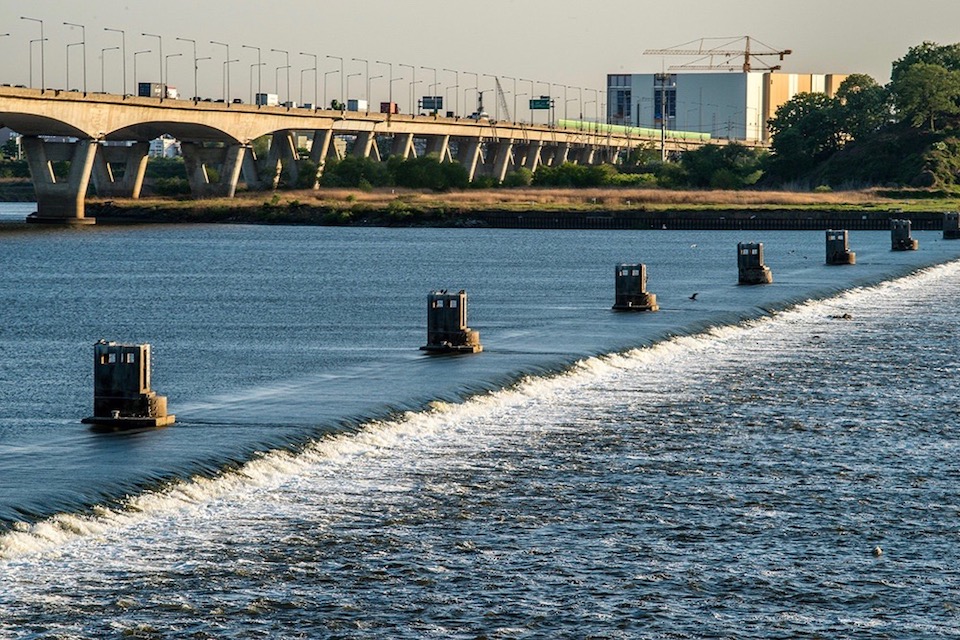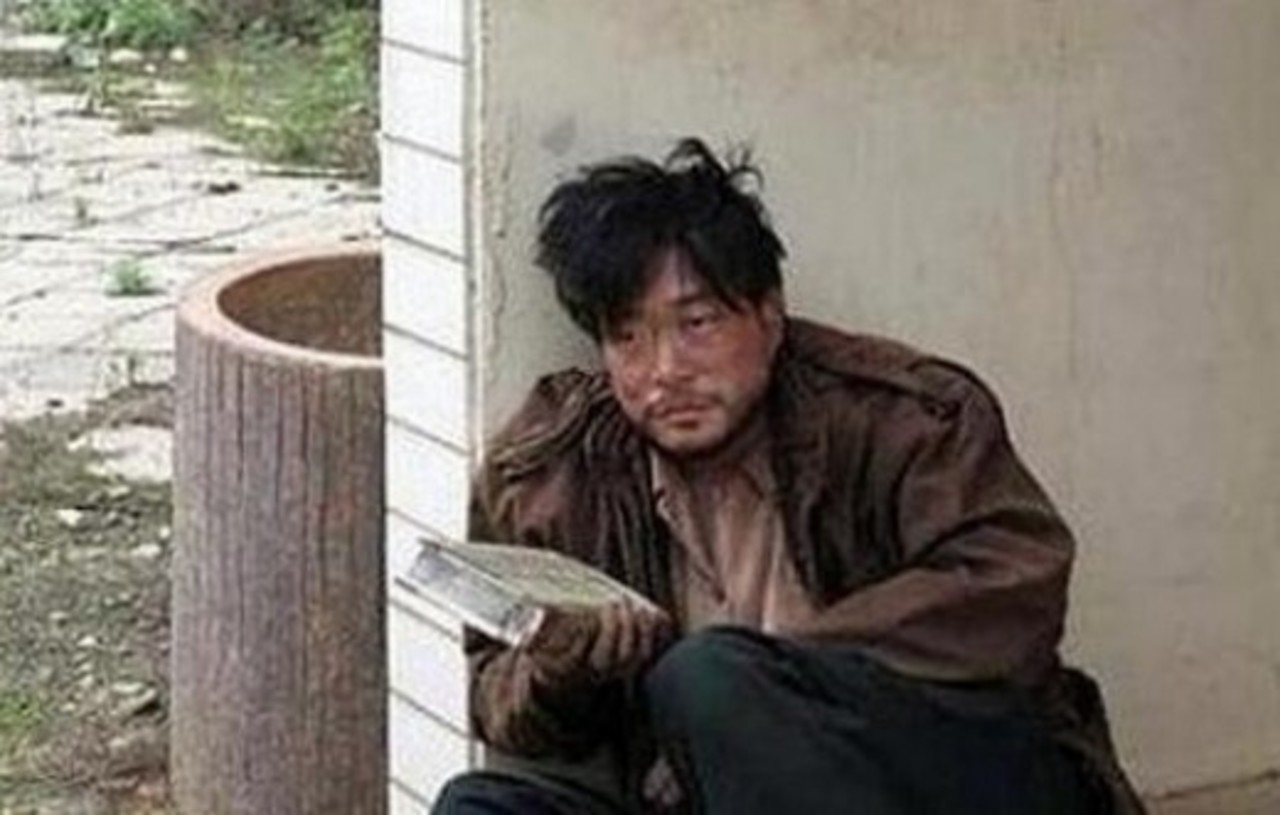
It's Just Plain Weir-ed: The Plan to Liberate Seoul's Han River
As yet another drought keeps South Korea’s reservoirs and waterways in the news, campaigners are calling for Seoul’s iconic Han River to be restored to its natural state.
The news may come as a surprise to many who view the wide, placid river each day from its bridges and banks. While four of the country’s provincial rivers have been in the headlines regularly since their “restoration” in the contentious Four Major Rivers Project completed in 2011, fewer Seoulites recall the Han before it was dredged and deepened some 30 years ago.
But what would restoring the river to its original state mean?
Firstly, demolition of the submerged weir at Singok, a long structure that spans the Han River downstream from the capital on its way west to the Yellow Sea.
The weir was built in 1988 by Seoul Metropolitan Government (SMG) to maintain a consistent depth for the Han as it flowed through central Seoul, and to prevent seawater flowing up the river from its mouth.
“When the weir is demolished, the water level will fall,” said Ahn Sook-hee, an activist at the Korean Federation for Environmental Movements. “Then, if SMG stops dredging the river, sandbanks will form again and we’ll eventually see willows and other trees returning.”
Ahn’s description of the restored Han echoes more recent memories rural rivers before the Four Rivers Project, in which multiple weirs and dredging were used to slow and deepen the waterways, with devastating consequences for the natural environment.
While both banks of the Han have been converted into a long series of parks, popular with cyclists and other relaxing Seoulites, the river itself remains uninviting, lined with concrete banks. But restoration to its natural state could bring it closer to the capital’s citizens.
“At the moment people can only watch the river from a distance,” said Ahn. “But if it’s restored, they’ll be able to swim in it and sunbathe on the sand.”

Indeed, Seoulites — gasp — swam in the river until as late as the 1980s, just before the weir was built.
Environmentalists’ demands have not come out of the blue. Incumbent Seoul mayor Park Won-woon promised in his original manifesto to “come up with a plan to restore the Han River to its natural state.” Half a dozen years later, however, the weir remains in place.
“We’ve been highlighting this issue for six years,” said Ahn. “But now that Moon Jae-in is president and is talking about opening the sluice gates at several weirs on the four rivers, we wanted to draw attention to the Han as well.”
Algae is flourishing in several of the urban streams that feed the Han, another factor behind activists’ current push to have the weir’s sluice gates opened to increase the flow speed of the water. This move is considered a precursor to demolition, because it demonstrates the benefits of faster flow and lower water level, undermining the value of the weir itself.
Ahn Dae-hee, director of SMG’s Water Circulation Policy Division, told Korea Exposé that the city government was currently revising its position regarding the weir. “Now that there’s a new government, we may be able to take a different approach,” he said. “But the central government is still being re-organized, and responsibility for the weir is set to pass from the Ministry of Land, Infrastructure and Transport to the Ministry of Environment.”
In her 1898 travelogue Korea and Her Neighbours, Isabella Bishop called the Han the “River of Golden Sand.” She described the frequently shifting sandbanks on which boats were often beached, and the waterway itself as “[a] clear bright stream with a bottom of white sand, golden gravel or rock.” This image conforms to that of the typical Korean “sand river,” rich in sandbanks and home to abundant native wildlife.

Any plans for letting the Han return to its former beauty within the boundaries of Seoul would have to take into account effects up- and downstream from the city, and ensure that the new arrangement was capable of preventing flooding during the summer monsoon season.
But the vision of a Han river free from weirs and excessive concrete constraints, growing back into its natural state and becoming home to a range of indigenous flora and fauna, is an inviting one. In a city obsessed with building landmarks, the Han has the potential to become a unique and defining feature if simply left to its own devices.
Cover image: Singok submerged weir (Source: Korean Federation for Environmental Movements)

